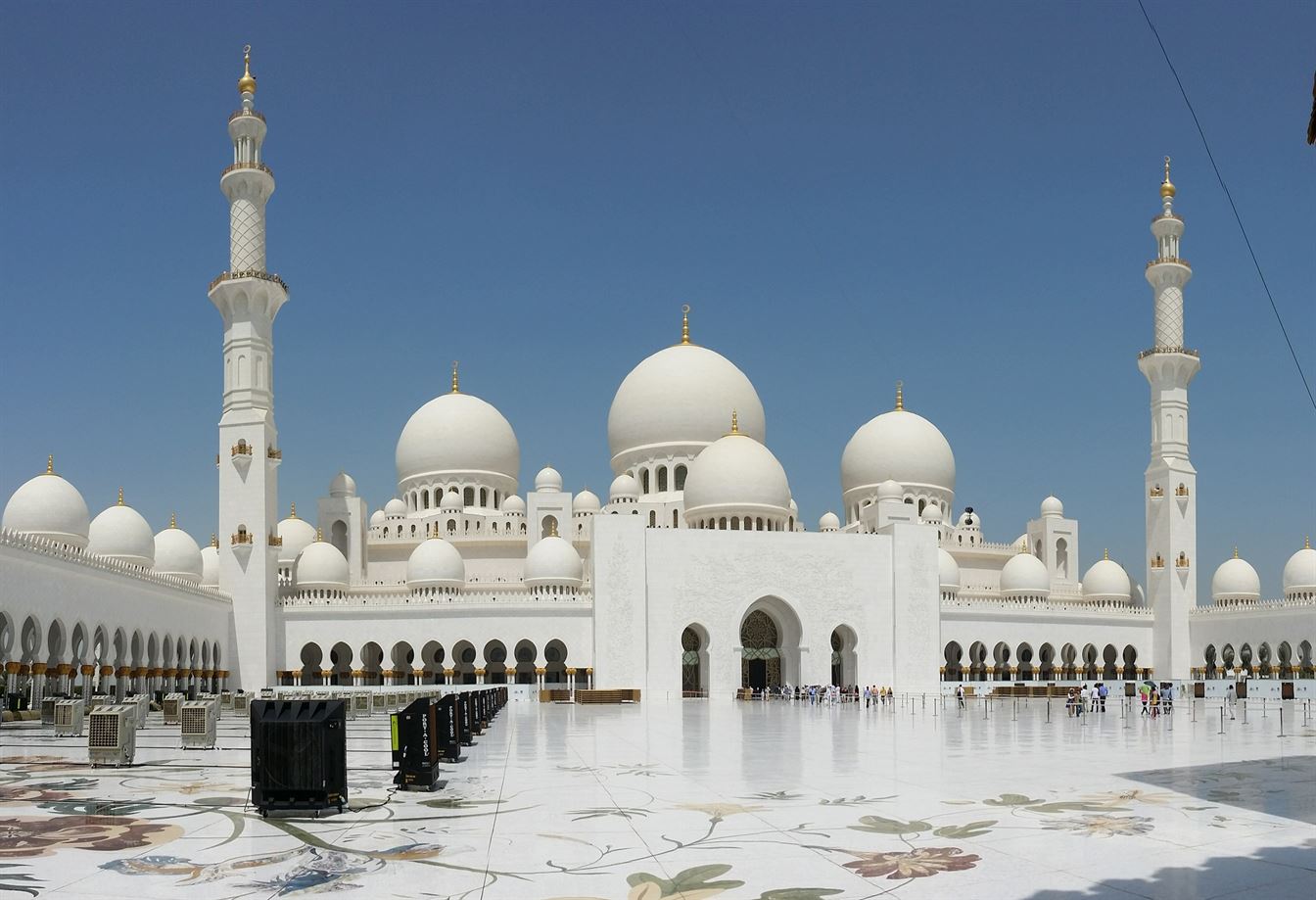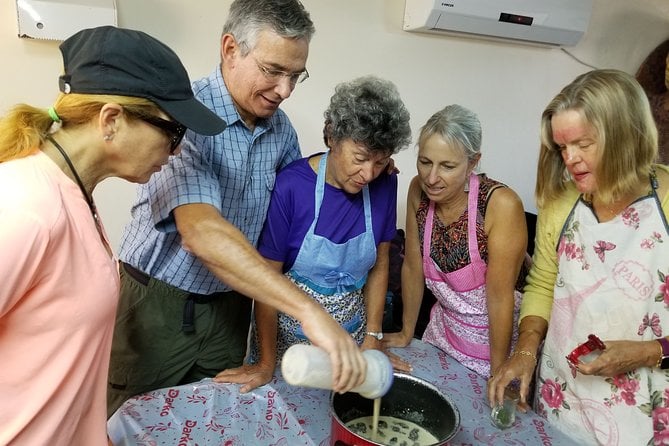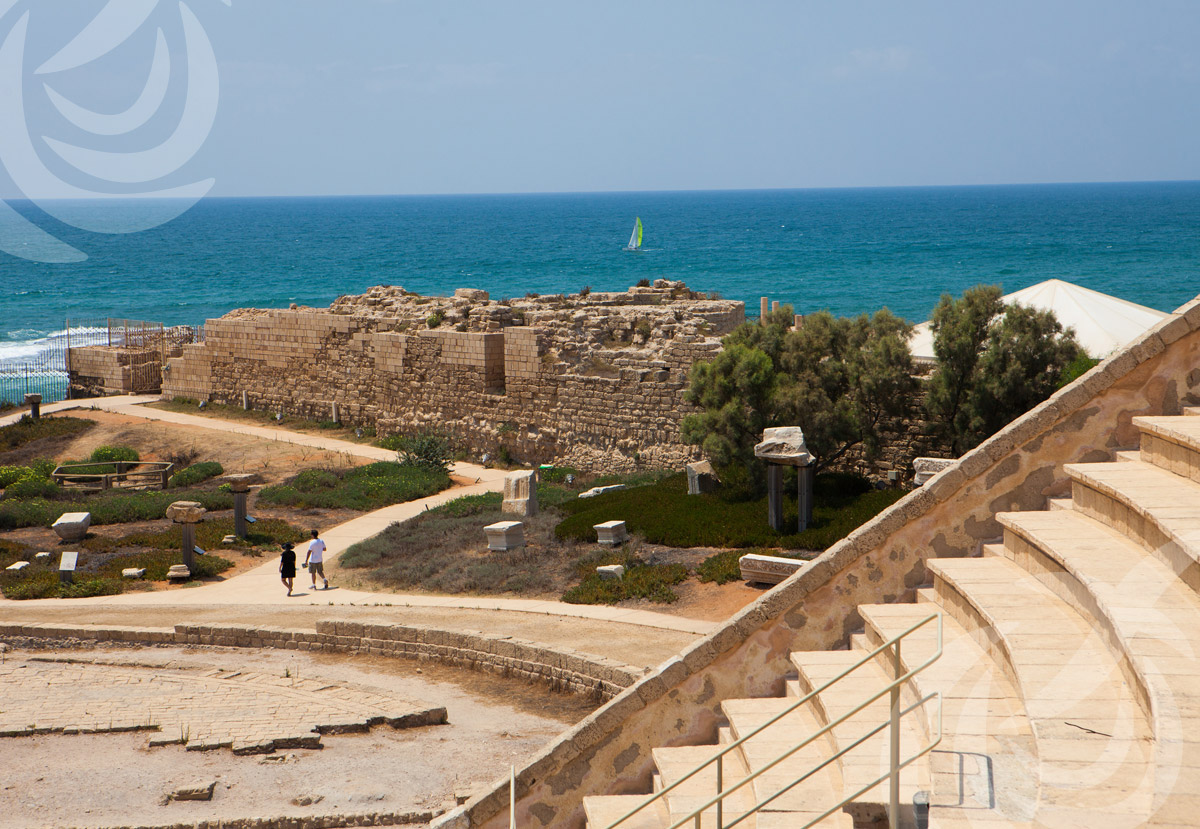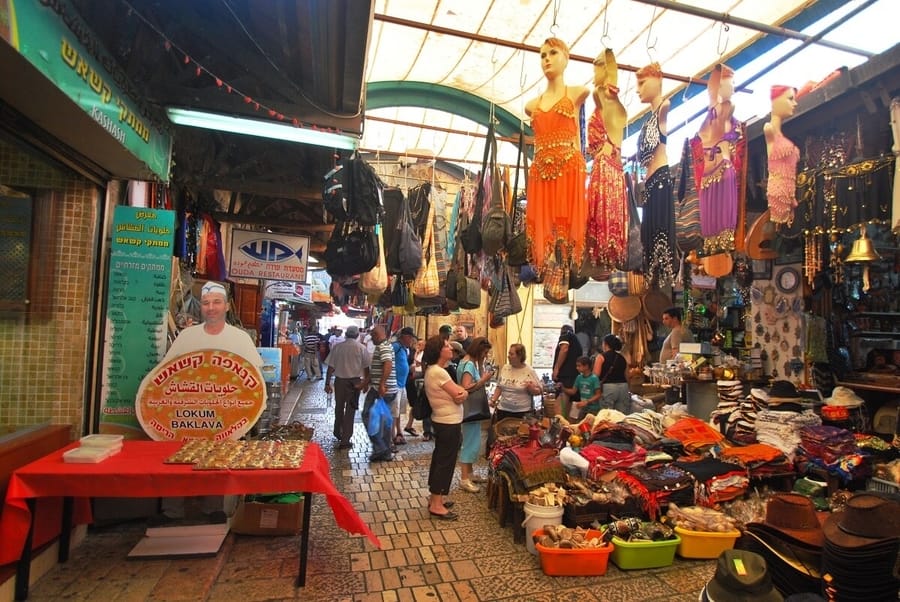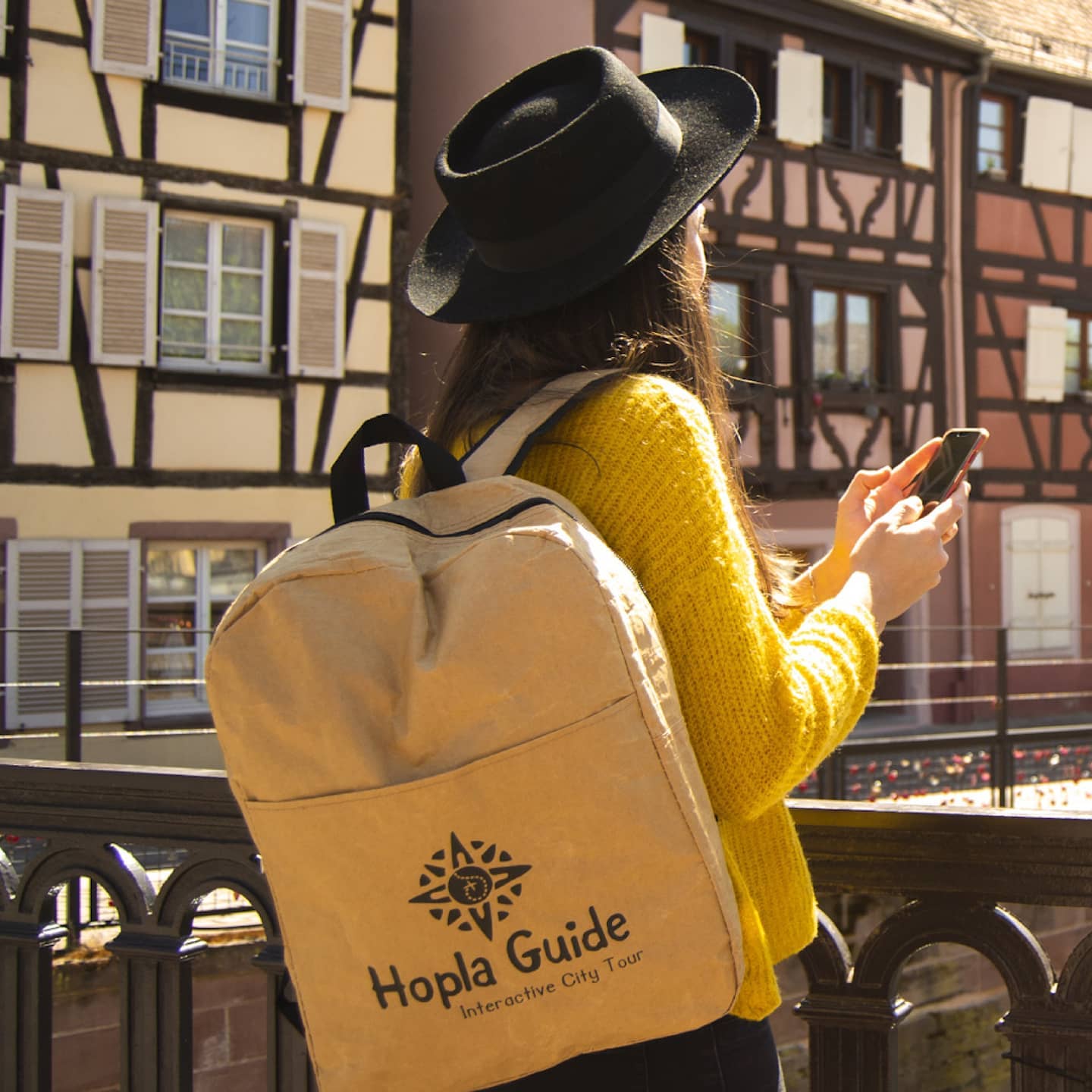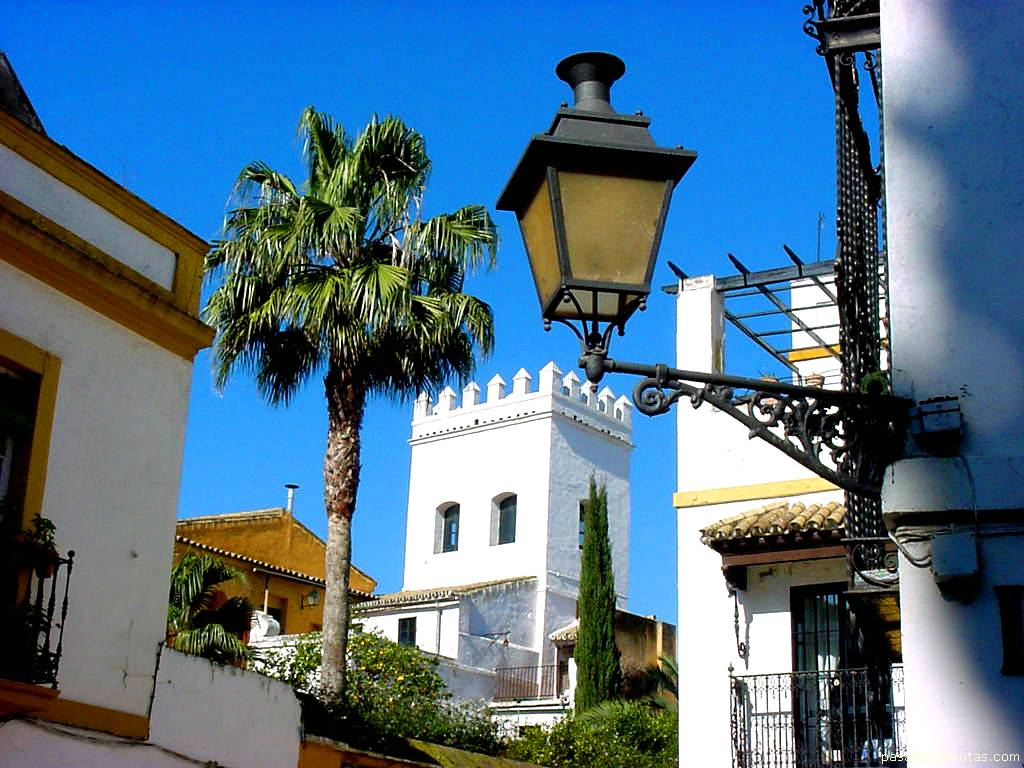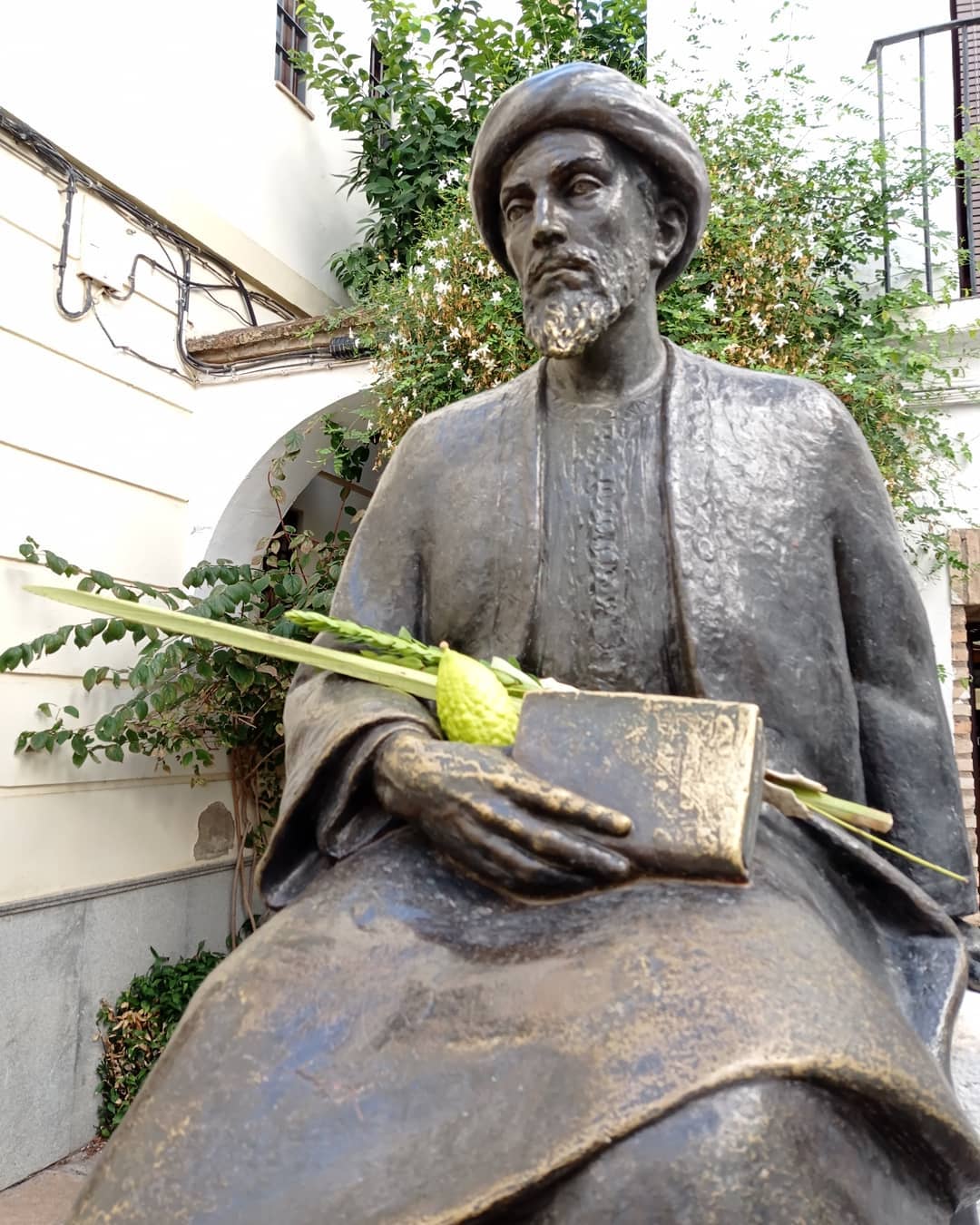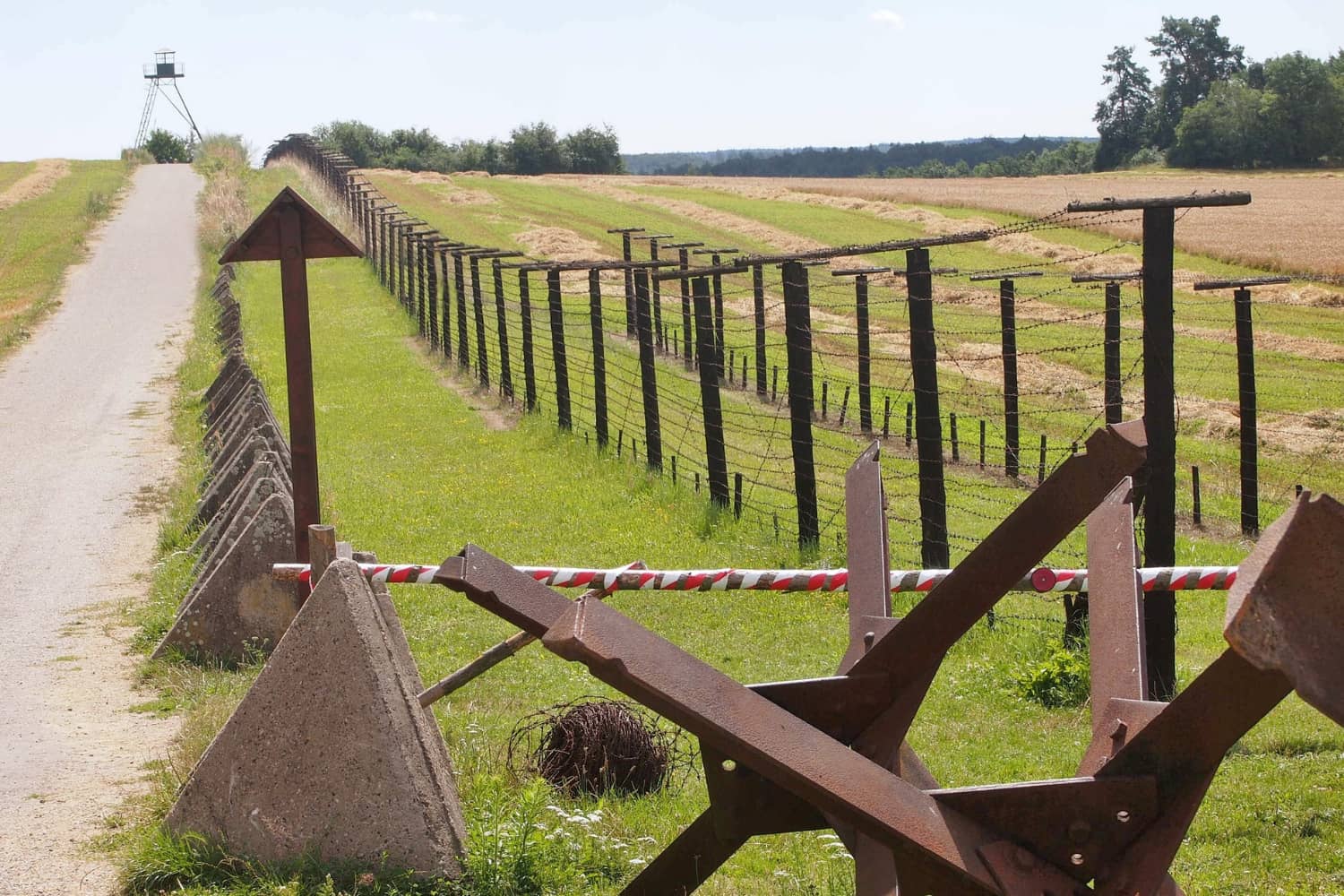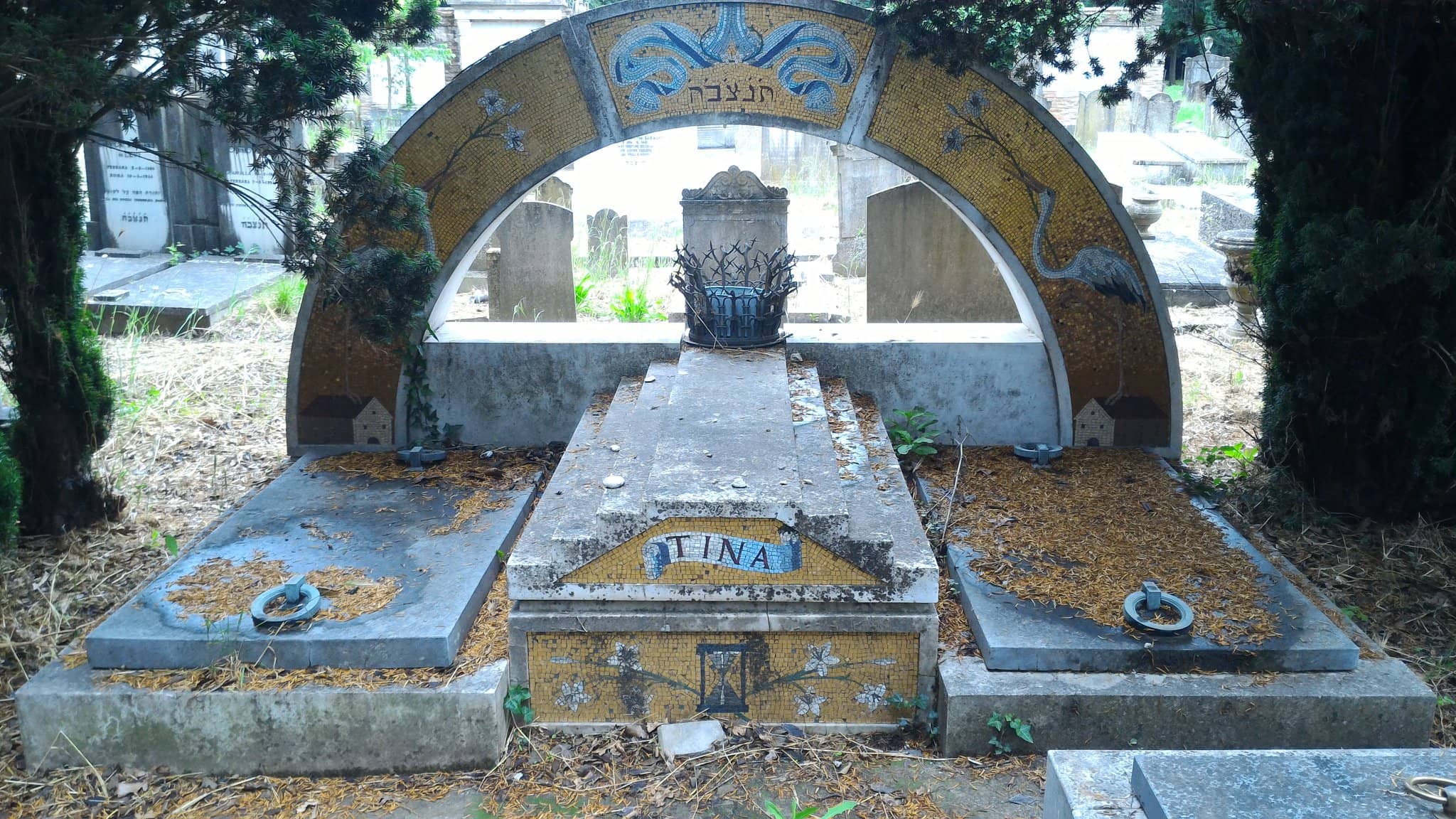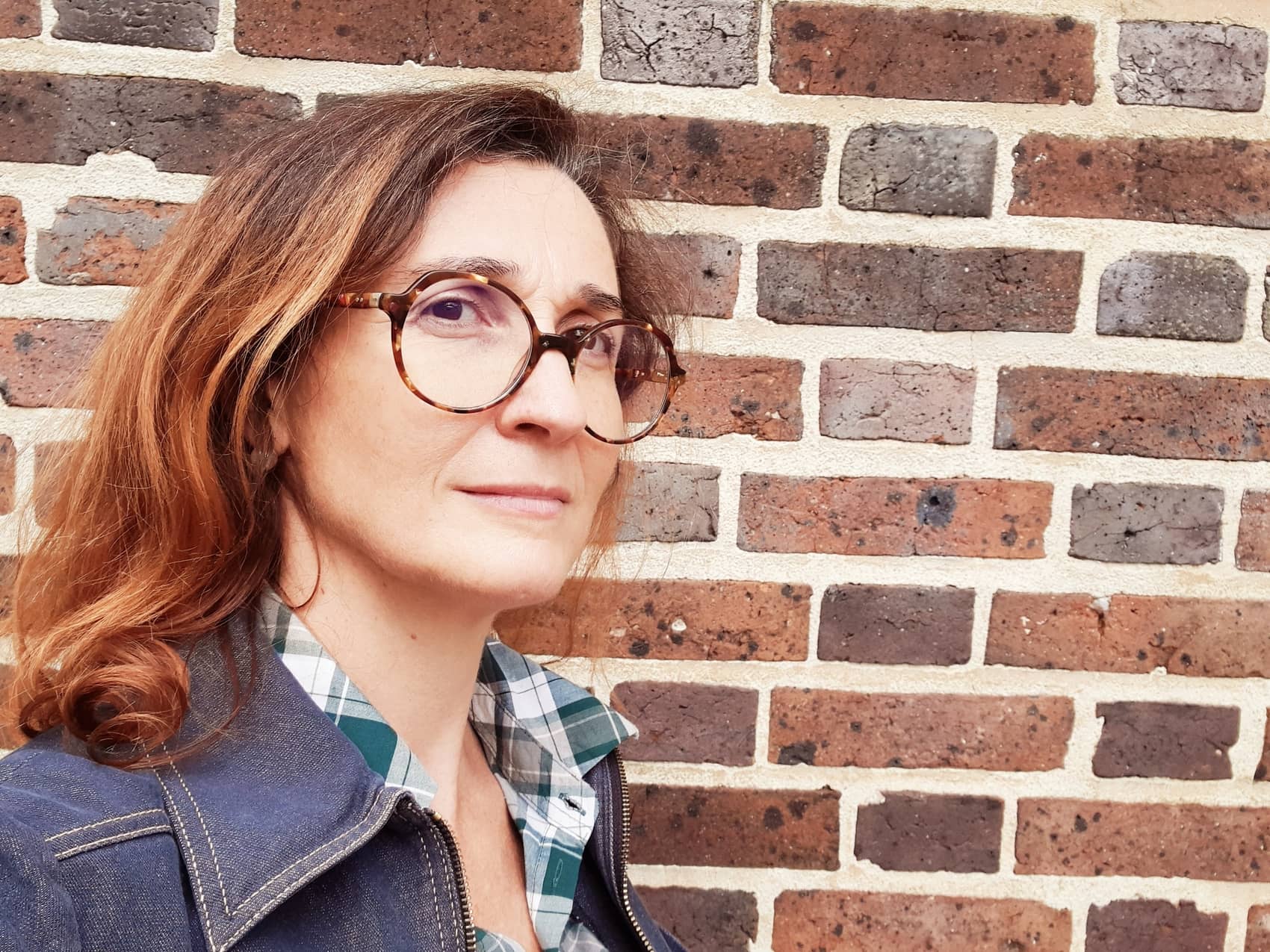The United Arab Emirates, is a federation of seven principalities in the Arabian Peninsula united into one country in 1971. The largest and most famous of which are Dubai and Abu Dhabi. In August 2020, Israel and the United Arab Emirates announced the normalization of their relationship, thus actually allowing Israeli tourists to visit the magical kingdom on the shores of the Persian Gulf.
Today the seven emirates enjoy unimaginable abundance and wealth. In the UAE they have been able to utilize the huge funds received from the utilization of natural resources, especially oil, in order to flourish the long-standing wilderness, promote the country and make it special and extraordinary. All wealth and prosperity grew in less than fifty years. The rugged Arabian desert dances and magical and secluded bays of the Persian Gulf. At that time the inhabitants of the principalities made a meager living mainly from sheep, cattle, basic agriculture, fishing, and pearling.
Since then the inhabitants of the emirates have upgraded themselves significantly and today the emirates are synonymous with luxury, investment, innovation, ambition to which the world bears amazing eyes. The magnificent architecture, the artificial islands, the centers of art and commerce, all embody modernity and groundbreaking progress alongside culture and tradition. A trip to the Emirates is a special and varied experience. The Emirates trip is a combination of futuristic and unique urban landscape alongside dunes and remote deserts, Neve Dekalim, fishing villages, luxury hotels, authentic markets, spectacular beaches, and more like your imagination – the land of unlimited possibilities.
